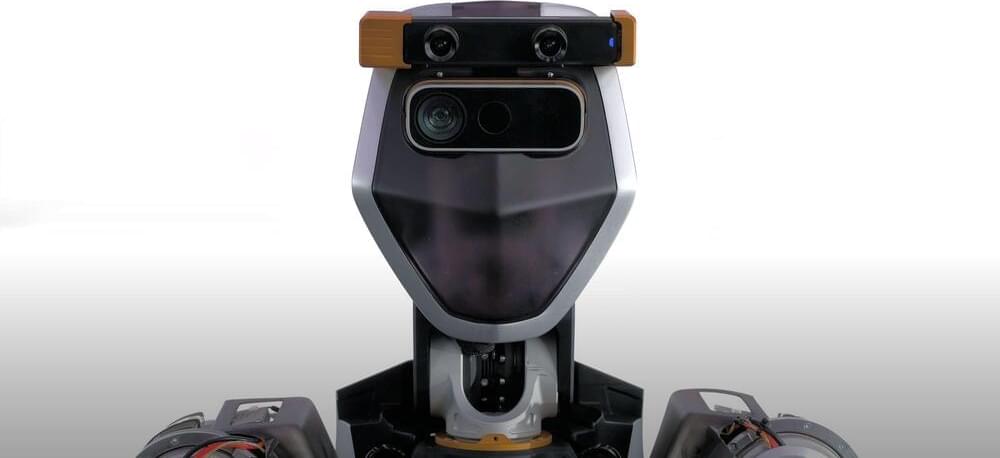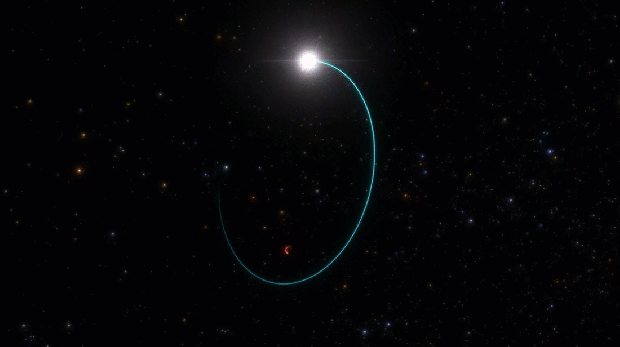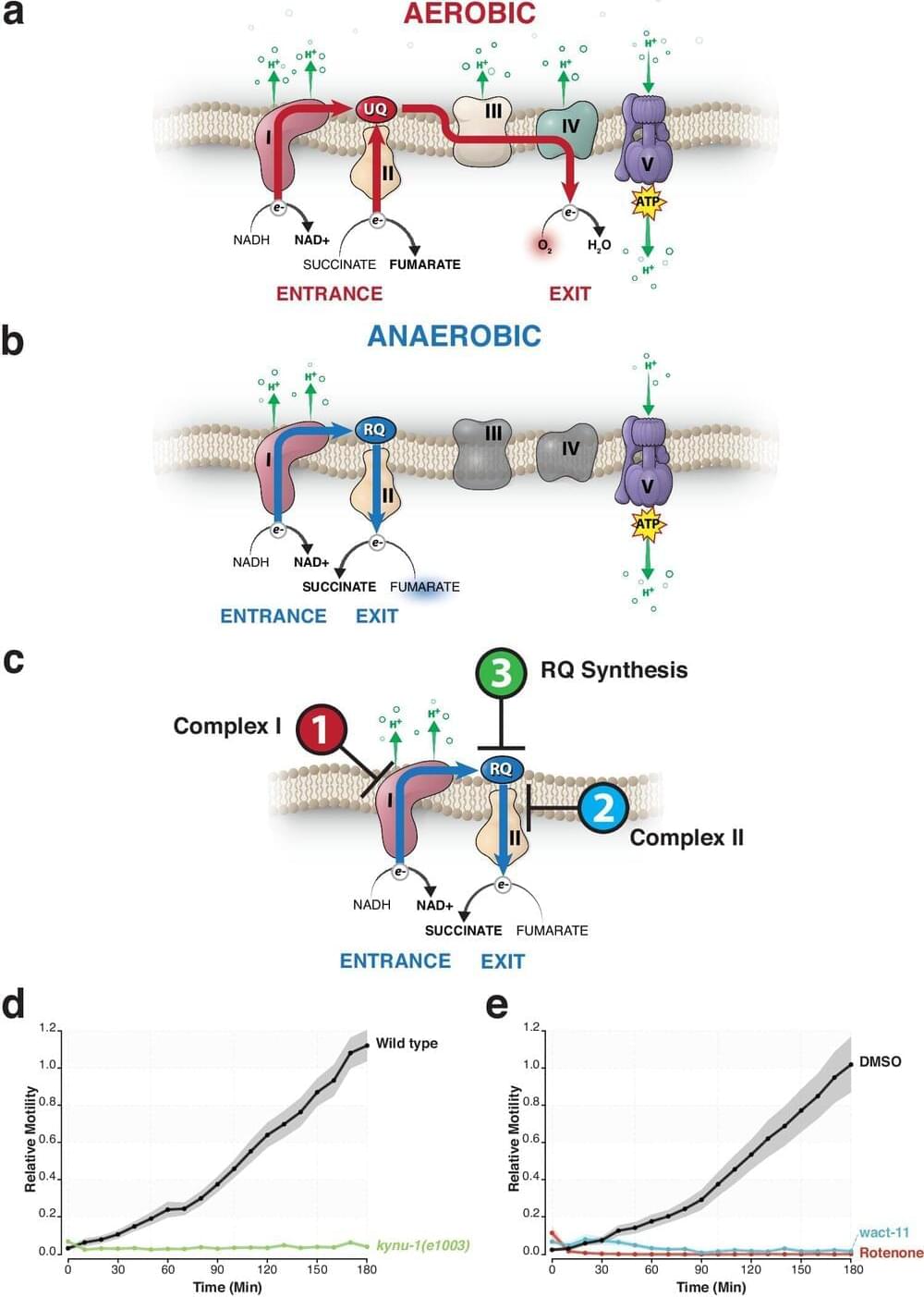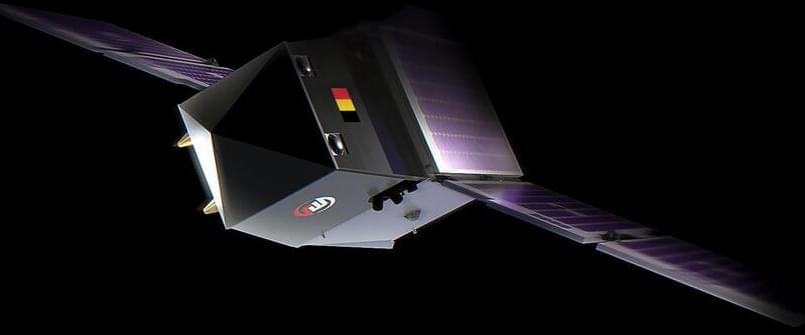May 10, 2024
SpaceX Reveals Spacesuit With Heads-Up Display Inside Helmet
Posted by Kelvin Dafiaghor in category: space travel
SpaceX has shown off a futuristic-looking new extravehicular activity (EVA) spacesuit designed to allow space tourists to venture outside of the company’s Crew Dragon spacecraft in orbit — and it’s decked out in the latest cutting-edge tech.
The suit will make its first appearance during this summer’s Polaris Dawn mission, which will see a crew of four space tourists stepping out of the capsule to go for a spacewalk.
The suit is astonishingly slim compared to the bulky suits we’ve become accustomed to that allow astronauts to venture outside spacecraft like the International Space Station.


















